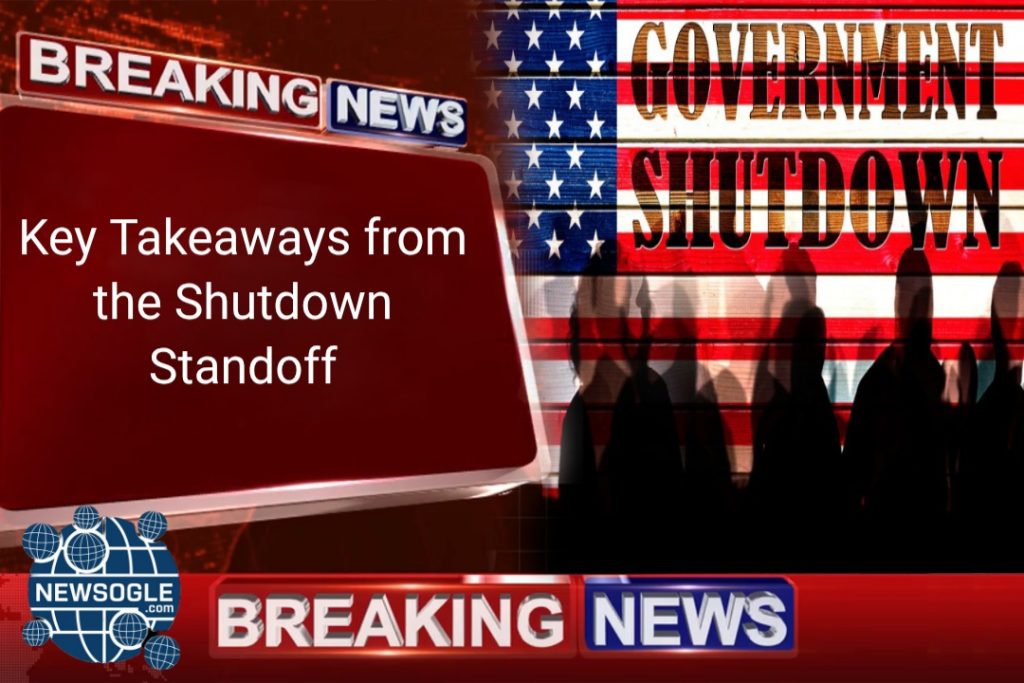
WASHINGTON, D.C. – As the deadline to fund the U.S. government looms, Senate Democrats have adopted a carefully calibrated, and notably aggressive, strategy to manage the perennial crisis of a potential government shutdown. Analysis of the current brinkmanship suggests a series of calculated political maneuvers designed not just to keep the lights on, but to shift the political burden squarely onto the opposing party and solidify their negotiating position.
Takeaway 1: Reframing the Political Narrative
The most significant shift observed is the Democrats’ successful attempt to reframe the shutdown threat from a typical bipartisan budget squabble into a narrative of Republican dysfunction and extremism. Instead of focusing solely on the policy disagreements—such as funding levels or specific riders—Democratic leaders are highlighting the internal turmoil within the House of Representatives and painting the opposition as unwilling to govern.
This strategy aims to:
- Isolate Hardliners: By emphasizing the division within the Republican caucus, Democrats seek to isolate the most conservative members whose demands are seen as preventing a consensus.
- Appeal to the Center: The messaging focuses on the practical, negative impacts of a shutdown—such as military families not getting paid or vital services being halted—which generally resonates more strongly with moderate voters and independent swing states.
Takeaway 2: Maintaining Unwavering Caucus Unity
A critical factor enabling the Democrats’ strong position is their remarkable internal unity. Unlike the fractured and often chaotic dynamics on the House side, the Senate Democratic caucus, led by Senator Chuck Schumer, has presented a nearly united front.
This cohesion provides several tactical advantages:
- Clear Negotiating Position: With virtually no defections, the Democratic leadership can confidently present a non-negotiable floor for any continuing resolution (CR) or appropriations deal.
- Leverage on the Floor: This unity allows Democrats to control the procedural timetable and deny the necessary votes for any measure that does not meet their core demands, particularly requiring the opposition to gain Democratic support to pass anything through the Senate.
- Focus on ‘Clean’ Bills: Democrats have largely stuck to demanding a “clean” funding bill, forcing Republicans to be the ones who introduce controversial policy riders that threaten to derail the entire legislative process.
Takeaway 3: Using the “Senate First” Approach
Senate Democrats have strategically adopted a “Senate first” mentality, pushing through their own bipartisan measures and daring the House to reject them. This approach serves to further underscore the Senate’s perceived stability compared to the turbulence in the House.
For instance, the Senate has often moved quickly to pass a Continuing Resolution (CR)—a short-term measure to extend funding—with overwhelming bipartisan support. This action:
- Creates a Clear Contrast: It establishes the Senate as the mature body prioritizing stability, while placing the onus on the House to either accept the CR or be responsible for the shutdown.
- Sets the Baseline: The terms established in the Senate CR often become the baseline for final negotiations, limiting the extent of concessions the House can ultimately demand.
Takeaway 4: The Risk of Overreach and the Long Game
While the Democratic strategy appears effective in the short term, there are underlying risks and long-term political considerations:
- Vulnerability of Moderates: Senate Democrats face the risk of overreaching, potentially alienating moderate Republicans who might otherwise support a consensus bill. If the opposition successfully frames the Democrats as being the party that refused to compromise, it could hurt the electoral prospects of vulnerable Democratic incumbents in the next election cycle.
- The Funding Cliff: The reliance on short-term CRs, while avoiding immediate shutdowns, merely postpones the inevitable and creates a recurring cycle of budget brinkmanship. The party knows it must eventually resolve the core appropriations issues, a task made more difficult by ongoing deep political divisions.
Conclusion: A High-Stakes Wager on Discipline
The current dynamic confirms that Senate Democrats are betting on the power of discipline and a unified message to navigate the shutdown threat. By controlling the narrative and demonstrating a cohesive voting bloc, they have effectively flipped the script, forcing the onus of compromise onto the politically fractured opposition. The effectiveness of this strategy will not only determine whether the government remains funded but will also be a major defining political battleground leading into the next election cycle.

Aleda Kawis is the Professional Journalist and serving in the field since 2012. She keeps extensive experience as investigating journalist and media influencer.





